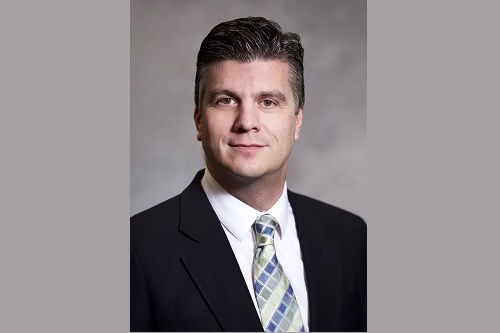As urgent expenses take higher priority, how can Canadians more easily contribute to their RRSPs?

While property is arguably the most important asset for anyone to own, it seems that Canadians have too much house and not enough cash on their hands. The Office of the Superintendent of Financial Institutions recently reported that balances on home equity lines of credit increased at their fastest annual pace since 2012, jumping 7.2% in December compared to a year earlier.
The growth in reverse mortgages is just one consequence of Canadians being cash-poor. In a recent study of RRSPs use conducted by BMO Asset Management, around 40% of respondents said they’ve made a withdrawal from their RRSPs, with the average amount withdrawn reaching $20,952. Aside from that, 36% of Canadians are not planning to contribute to their RRSPs this year.
Celebrating our industry successes in the wealth management industry
“House-rich Canadians are having to deal with two higher-priority expenses: maintaining their home and debt payments,” said Robert Armstrong, vice president for multi-asset solutions at BMO Global Asset Management.
BMO also found that RRSP contribution amounts are on the decline. Among those who have already contributed, the average amount was $4,616 — less than the $5,088 average observed in the previous year. But according to Armstrong, this isn’t just due to expenses or debt payment, but also due to the growing popularity of TFSAs.
“Unlike RRSPs, TFSAs are simpler to understand as there is no requirement to claim the contributions on your taxes to get money back from the government,” he said. “Naturally there has been a shift from only contributing to RRSPs to mixing contributions across both savings vehicles.
Regardless, RRSPs are definitely more advantageous at certain income levels. To help Canadians avoid having to scrape together a sizeable last-minute contribution, BMO encourages RRSP users to set up a monthly purchase plan. And for those who would like to set one up, there are a few factors to consider.
“Those lucky enough to have a workplace pension plans may not need to contribute as much to an RRSP as those who are on their own,” Armstrong said. “And RRSPs are typically better for people in the mid- to late-career phase, when people are already in higher tax and income brackets. Finally, of course, you’ve got to ask yourself how much you can set aside each month without impacting the quality of your lifestyle.”
However, the conversation needs to evolve past how much to contribute to what to investments to consider inside the RRSP. Many Canadians have a difficult time deciding to make an RRSP investment, and then they have to decide where to invest — which asset classes, regions, industries, and so on. According to Armstrong, the trend toward using pre-packaged portfolio products such as BMO ETF portfolios removes a major hurdle and helps Canadians maximize the potential of their RRSPs. BMO Global Asset Management was the first provider to offer ETF-based portfolios managed by capable investment professionals working in the background.
“In the foreground, there are financial advisers to help Canadians understand the associated risks with each portfolio and choose the one they’re comfortable with,” he said. “Some people may want to have more direct control over their investing decisions, but today we know that one of the most effective ways to invest is by understanding what is an acceptable level of risk and selecting the appropriate portfolio.”
Of course, retirement savings plans don’t have to be set in stone. Unforeseen circumstances could cause a drop in income, in which case the monthly purchase plan should be adjusted for the user’s new income levels. Similarly, there should be allowances made for changing risk tolerances.
“When you’re younger, you should be able to put more risk in your RRSP. But as you get older and have less working years ahead, you’ll typically be much more conservative,” Armstrong said. “The shift of conversations toward risk is bringing about positive and meaningful changes to how the clients are being well served by the adviser community.”


